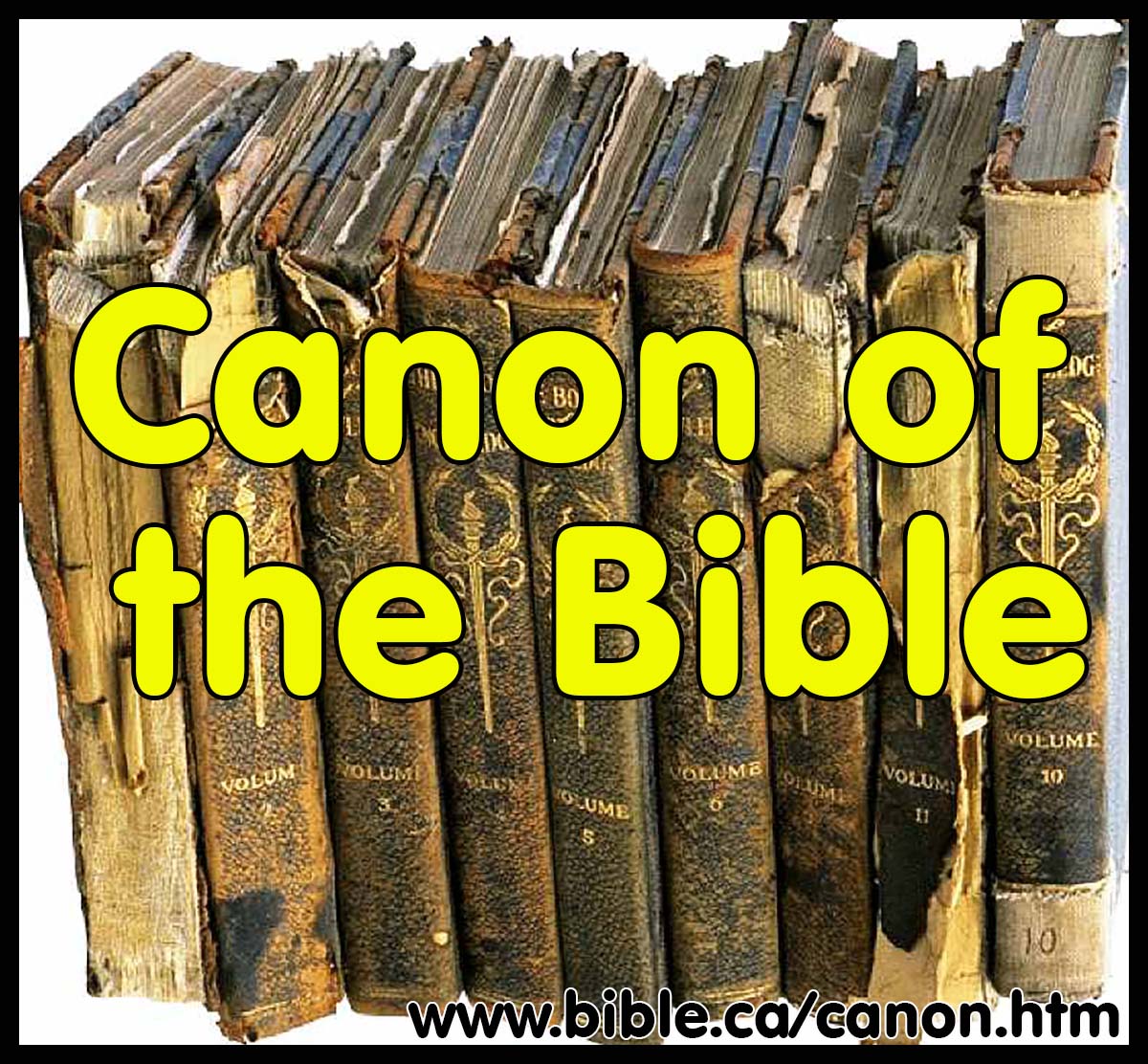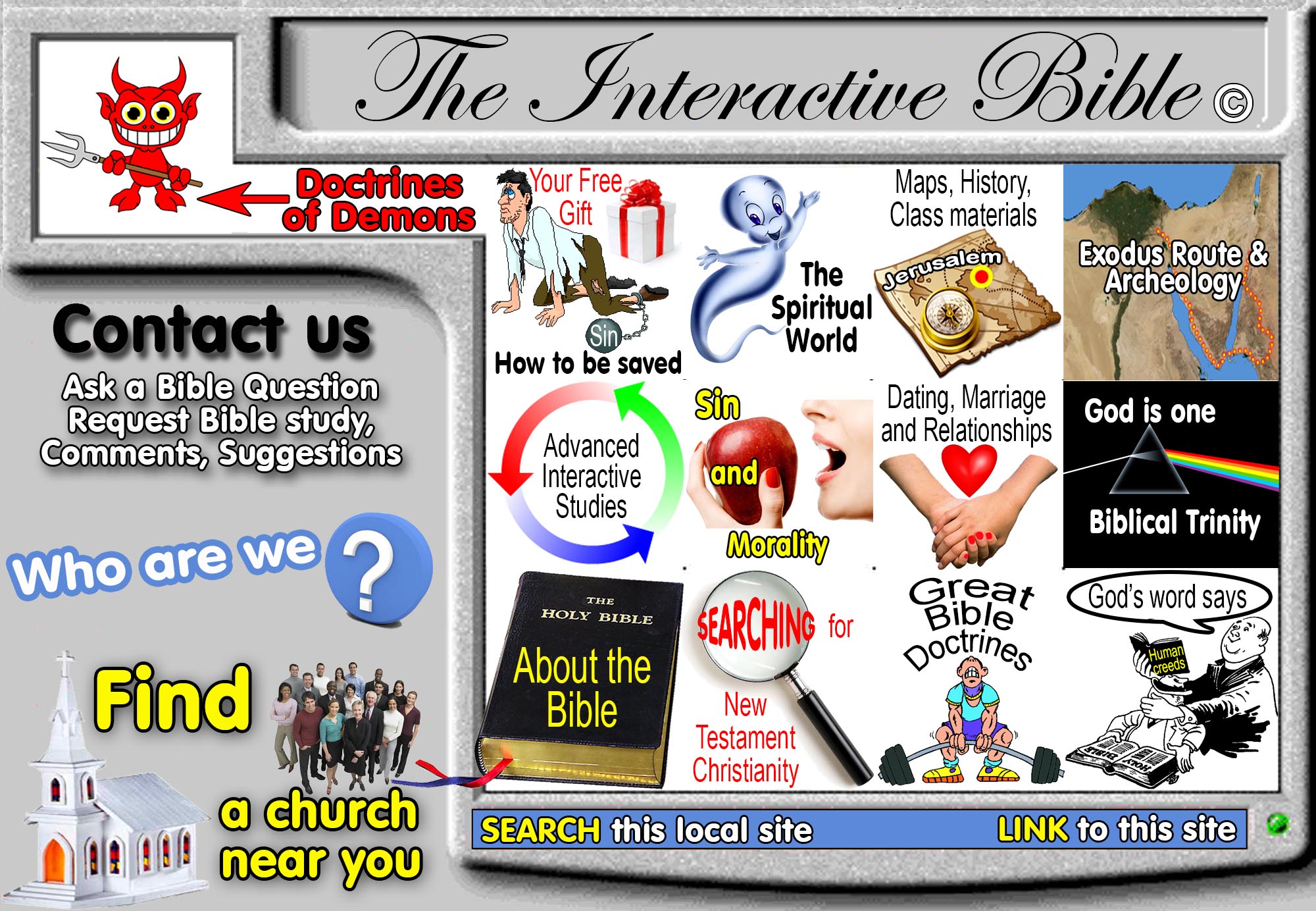|
The New Testament first popularized the codex form in 100AD for scripture and was the first book ever produced from the printing press in 1500AD. A conservative, bible believing perspective! |
God's providence gave us the 27 book New Testament Canon, not the church. God, not men decided the canon. This providence does not mean that church leaders were inspired in their selecting the canon, only that God had his eye on the scriptures the whole time and brought about His will to form the Bible we see today!
|
|
The New Testament first popularized the codex form in 100AD for scripture and was the first book ever produced from the printing press in 1500AD. |
The New Testament first popularized the codex form in 100AD for scripture and was the first book ever produced from the printing press in 1500AD.
Introduction:
- A "codex" is a fancy word for "book format" with a binding, as opposed to a scroll format.
- Codices were used in the ancient world in the first century for secular purposes. Scrolls on the other hand were almost the exclusive format used for the Old Testament.
- It seems that Christians broke with Jewish tradition and began using the codex format from the very earliest time. This is quite striking. After this point scripture began to be copied in the codex format.
- With the invention of the Gutenberg printing press in 1436 AD, the Bible was the first mass-produced book in history and was published in 1456 AD in Mainz, Germany.
I. Discussion:
1. "Aside from the characteristic notation of nomina sacra there is another fascinating observation concerning the Canonical Edition: from the very beginning, New Testament manuscripts were codices and not scrolls. The following statistics demonstrate that the codex form was rarely used for non-Christian literary texts during the first centuries C.E. In the first and second centuries, one hundred scrolls would be produced for every two codices; in the third century, every eighth manuscript was a codex; in the fourth century, more than half of the manuscripts were codices; and at the end of the fifth century, only one in ten manuscripts was produced as a scroll. By the end of antiquity, codices had thus almost completely replaced scrolls as the dominant literary medium (table 2). These statistics have to be treated with caution because fragments of ancient manuscripts usually cannot be dated with certainty. New manuscripts are still being discovered or published for the first time. In addition, the number of text witnesses is not distributed evenly over time. As a consequence, the percentage figures for one century cannot necessarily be accurately compared to those for other centuries. Nevertheless, past studies using less material and dating the material differently have basically reached the same conclusion: from the fourth century on, codices largely replaced scrolls in the publishing business. The First Edition of the New Testament of the extant tradition, however, strongly suggests that this was the title of the archetype." (The first edition of the New Testament, David Trobisch, p 19, 2000)
II. Table 2: The Scroll and Codex Ratio For Non-Christian Texts
|
Century |
Scrolls |
Codices |
Total |
% Scrolls |
% Codices |
|
1 |
252 |
1 |
253 |
99.60 |
0.40 |
|
1-2 |
203 |
4 |
207 |
98.07 |
1.93 |
|
2 |
857 |
14 |
871 |
98.39 |
1.61 |
|
Sum |
1312 |
19 |
1331 |
98.57 |
1.43 |
|
2-3 |
349 |
17 |
366 |
95.36 |
4.64 |
|
3 |
406 |
93 |
499 |
81.36 |
18.64 |
|
Sum |
755 |
110 |
865 |
87.28 |
12.72 |
|
3-4 |
54 |
50 |
104 |
51.92 |
48.08 |
|
4 |
36 |
99 |
135 |
26.67 |
73.33 |
|
Sum |
90 |
149 |
239 |
37.66 |
62.34 |
|
4-5 |
7 |
68 |
75 |
9.33 |
90.67 |
|
5 |
11 |
88 |
99 |
11.11 |
88.89 |
|
Sum |
18 |
156 |
174 |
10.34 |
89.66 |
SOURCE: Data from Colin Henderson Roberts and T. C. Skeat, The Birth of the Codex (London: Oxford University Press, 1983), 37. (reproduced in: The first edition of the New Testament, David Trobisch, p 20, 2000)
By Steve Rudd: Contact the author for comments, input or corrections.

